In the case of kidney reflux, the urine flows back from the bladder into the kidneys. Kidney reflux typically affects infants and children, in most cases girls. It can be a congenital disorder, or it may be a consequence of an infection.
Kidney Reflux Symptoms
The symptoms of kidney reflux include a constant urge to pass urine, a burning sensation while urinating, unclear urine with a strong odor, blood in the urine, pain in the abdomen, and fever. If an infant suffers from kidney reflux, the signs may be slow development, loss of appetite, diarrhea, vomiting, mood changes, and fever. If kidney reflux has not been treated, it can have consequences such as bed wetting, protein in the urine, high blood pressure, and kidney damage.
In some cases, mild congenital kidney reflux is the disorder and may go away on its own. In more serious cases, treatment is necessary. The doctor may suggest medications or surgery. The medications include antibiotics to prevent the infection of the kidneys.
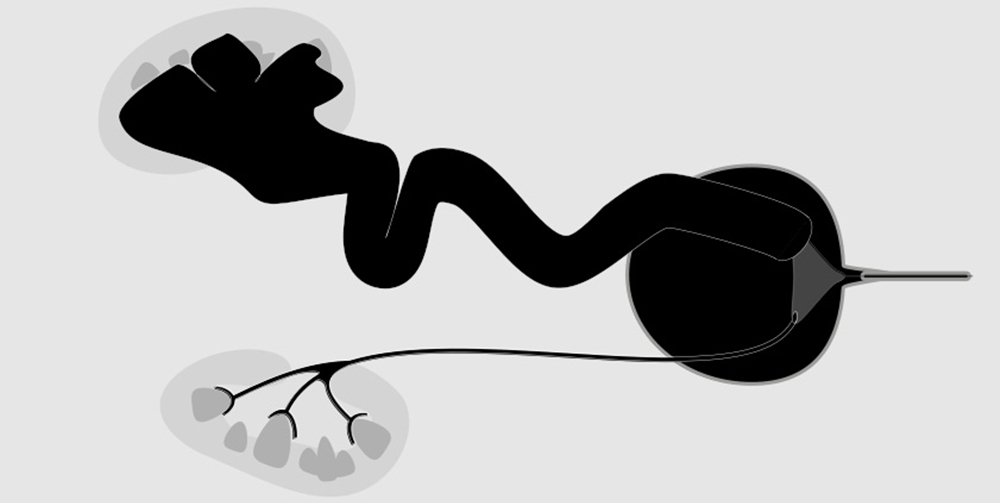
Kidney Reflux Surgery
The surgical procedure is done under general anesthesia. The surgeon will cut the abdomen. Then the bladder is opened and stitched with the urethra to secure a one-way valve. The urethra is tunneled along the bladder wall. The patient will have to be hospitalized for several days after the procedure.
The surgeon will install a catheter in the bladder for urine to be drained. The catheter should be used for at least a day after the surgery. After the removal of the catheter, the patient may experience some common problems, which are normal and temporary. Blood in the urine or a burning sensation may be present for a couple of weeks after the surgery.
Since the patients are mainly children, the risk of general anesthesia is low. Kidney reflux may recur, and in case it does not resolve on its own, the child may need another surgery. Fortunately, recurrence of kidney reflux is extremely rare.
- We are living in an era in which observation over intervention is preferred. This is a truth since 1992 after Koff and Campbell showed that was safety observe kids with antenatal unilateral hydronephrosis. In terms of VUR active intervention regarding renal protection, only few years after Koff’s publication, Bayley et al. described that proteinuria and hypertension could be persistent or appear despite a successful surgical intervention for VUR patients.
- Craig et al. in 2000 in a before-after study observed what happened in terms of renal function protection after the introduction of active treatment for VUR (surgical intervention and/ or antibiotic prophylaxis). The authors observed that there was no reduction in numbers of patients that were listed for renal transplantation due to high-grade VUR nephropathy over the years despite any therapy. Patients that had significant deterioration on GFR were that one that already had an abnormal DMSA scan at the very begin. This led them to conclude that surgical intervention is not indicated with the intention of preventing long-term renal damage.
- Wheeler et al. in a meta-analysis of randomized controlled trials also did not find significative benefit of any interventional treatment over antibiotics on the prevention of UTI or renal damage. Their most impressive result was that to prevent one single episode of febrile UTI in VUR patients under prophylaxis would be necessary nine reimplantations. And, even more interesting was the fact that there was no reduction in the number of children that developed renal damage and post-operative UTI. Also, the most recent Cochrane review on interventions for primary VUR showed that antibiotic prophylaxis had insignificant difference to the risk of new/ continuous renal damage in patients followed with DMSA scans.
Surgery Complications
Some of the complications after the surgery include wound infection, bleeding, or lung infection. Until the doctor is positive that the kidney reflux will not reoccur, the patient will be given antibiotics.It is recommended to visit the doctor a week or two after the surgical procedure to check if the recovery is going as planned. The stitches on the cut on the skin will dissolve after some time. About five weeks later, the patient will have to have an ultrasound imaging. In addition, blood pressure should be monitored as well.





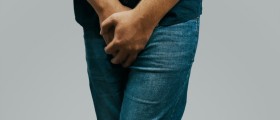




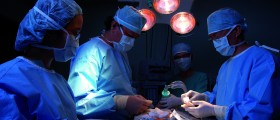


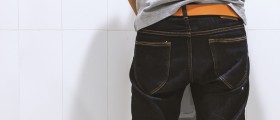
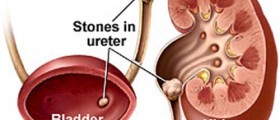

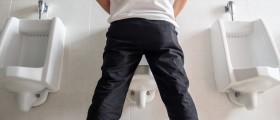
Your thoughts on this
Loading...